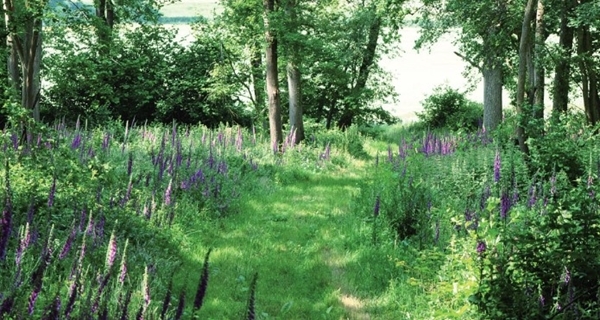
By Roger Draycott, GWCT Head of Advisory Services
Over the next few weeks Defra will be consulting with stakeholders about their plans for licensing gamebird releasing on or near protected sites in 2021. This follows Defra’s review which concluded that any negative effects of gamebird releases on protected sites tend to be localised and that there are minimal or no effects beyond 500m from the point of release.
Part of the Defra review was a scientific evidence review undertaken by GWCT and Exeter University and many of the original scientific studies which were reviewed were actually undertaken by the GWCT. These included many peer-reviewed papers covering rigorous investigation in to both the positive and negative impacts of releasing and management.
We agree with Defra’s conclusion that negative impacts are localised and restricted to the release area, but there is actually no good scientific evidence demonstrating that negative impacts on habitats extend as far as 500m.
So, why has Defra chosen 500m?
It’s probably because 500m is a distance that is often used by authorities when undertaking Environmental Impact Assessments or Habitats Regulations Assessments of proposed new projects or developments near SSSIs or EU designated sites. It may also be because the science shows that gamebirds don’t disperse very far from release areas (typically less than 1km and often less than 500m). Of course, individual gamebirds can disperse much further than this but away from release areas they are very unlikely to be at densities which would cause significant harm to habitats and wildlife.
Some commentators are determined to focus on negative impacts of gamebird releasing and management, but the independent, peer-reviewed science highlights an approximate balance of positive/neutral and negative ones. So, in this context, gamebird management is really very different to building projects or other proposed developments (e.g. a commercial poultry unit) which will likely have net negative environmental impacts without significant mitigation.
Gamebird releasing already has ‘built-in’ mitigation. A fundamental point, often missed by those who view gamebird releasing as universally harmful to the environment, is that gamebird releasing is intrinsically linked with associated activities like habitat creation and management, supplementary feeding and predation control. No shoot simply releases birds and shoots them – it just wouldn’t work.
As those involved in game management know, for a shoot to be successful, the birds have to be looked after and their year-round requirements catered for. In essence, it is the way the released birds are managed that provide the benefits to other wildlife.
In order to minimise negative impacts and maximise the positive ones it is essential to release and manage birds at sustainable densities. A great deal of science was undertaken, over 10 years ago now, by GWCT to determine sustainable release densities and how birds should be managed to minimise negative impacts. These guidelines are embedded in the Code of Good Shooting Practice and the British Game Alliance’s standards.
We firmly believe that all shoots should be able to demonstrate a net biodiversity gain. In order to help shoots achieve this, the GWCT has developed a set of game management principles. We are confident that if shoots follow these principles then significant biodiversity benefits will arise from game management.
We should not forget that game management provides the incentive to privately fund an enormous amount of habitat creation and management that, outside of nature reserves, is usually only incidental in other forms of land use. For guns who are interested to learn more we recommend they undertake our free GWCT Accredited Game Shot Test here so they can satisfy themselves that they know enough to ask the right questions of shoots.
For those who are more directly involved in shoot management, we recommend they take the Shoot Operator’s Certificate test to satisfy themselves that they are up to speed with the key issues relating to biodiversity delivery on shoots.
For shoots operating on or near to any protected sites it is vital that shoot managers are fully aware of the reasons why sites are designated as having high ecological value and adapt their management accordingly. It is also important that regulators and those responsible for managing protected sites recognise the wider conservation benefits that game management can deliver. With dialogue and by working together wildlife will surely benefit.
GWCT will be actively inputting in to Defra’s consultation on an interim licensing system for gamebird releasing on or near protected sites. Defra favour a General Licence with conditions relating to release densities and location of key game management infrastructure. We will be encouraging Defra to base their conditions on GWCT’s guidelines for sustainable gamebird releasing and management.